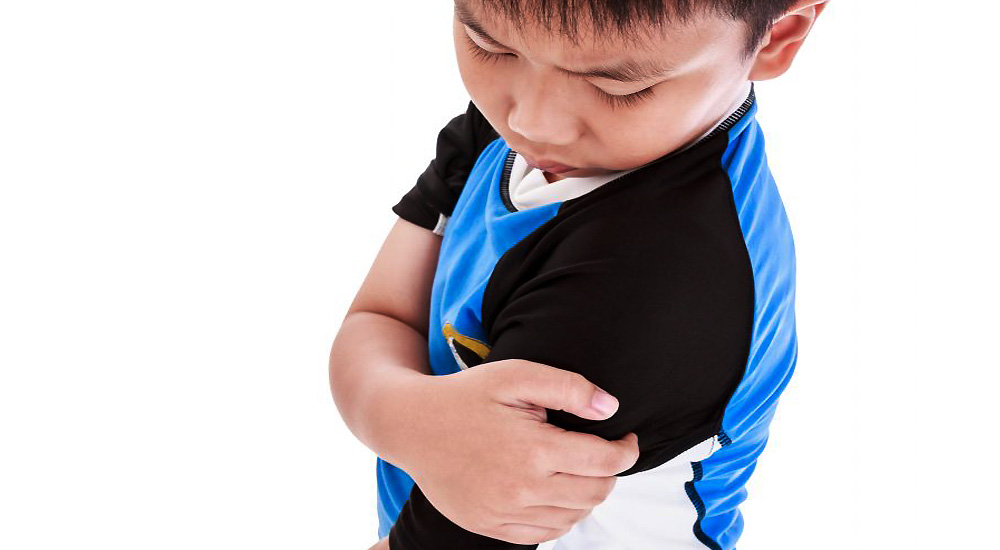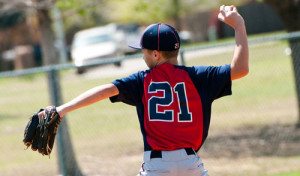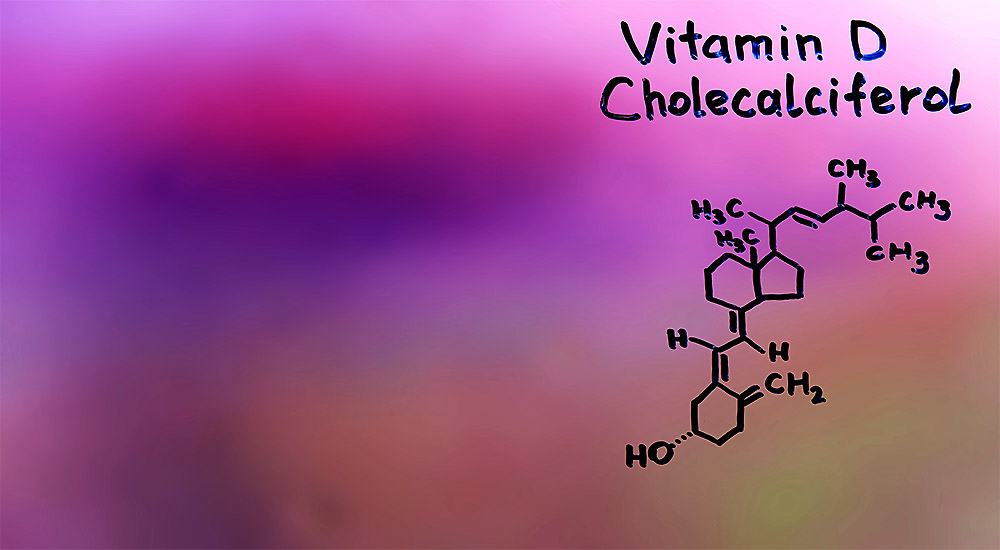Shoulder Pain in Children? Physical Therapy Has Answers

Which Children Are Most Susceptible to Shoulder Injuries?

As children grow into adolescents, some choose to play sports at a higher level, making the sport less recreational and more competitive. This transition to a competitive level can lead to higher levels of injury and less time for rehab.
Children and adolescents playing sports involving throwing and overhead motions such as baseball, volleyball, and swimming, are a prime population for shoulder injuries. However, with the experienced, well-trained team of Physical Therapists at Root Cause Medical Clinic, your child won’t be sidelined for long!
Both acute (sudden, traumatic) and chronic (long-term) shoulder injuries are common in children and usually very treatable with physical therapy. Children are prone to shoulder injuries because of their frequent involvement in demanding sports while their bones and joints are still immature. The overhead and throwing motions of the sports mentioned earlier create a greater demand on the shoulder and thereby a higher risk of injury.
Shoulder pain in children is quite different from the adult population. The difference is due to the immature bone structure of the shoulder region. Early recognition by a physical therapist and physical therapy treatment of these problems can lead to a faster return to normal activities while preventing any chronic problems.
What is Little League Shoulder?
The humerus is the upper arm bone. There is a growth plate at the top of it near the shoulder that is frequently injured in young pitchers and other overhead athletes (tennis, volleyball players, and swimmers).
The growth plate, called a physis, is a thin bar of cartilage where bone growth occurs. Since the physis is made of cartilage, it is softer and weaker than bone, rendering it vulnerable to injury, either from chronic overuse or a single traumatic event, such as one very hard throw or fall. This is often called Little League Shoulder.
A young athlete with Little League Shoulder will complain of pain at the top of the arm near the shoulder with throwing. It usually hurts worse during the acceleration and deceleration phase of throwing, when the rotational torque in the shoulder is the greatest. The child may also complain that they have lost velocity or control of their pitches.
More severe cases will experience pain with non-throwing activities such as carrying book bags, opening car doors, or even at rest.
Why are Young Swimmers at Risk?
Swimmers are no strangers to shoulder pain. A competitive adolescent swimmer often swims thousands of yards per day, translating to tens of thousands of arm pulls and rotations. Rotator cuff impingement and tendonitis are common culprits for shoulder pain, but a condition called the shoulder blade, (called the scapula) scapular somatic dysfunction can also compound or cause a rotator cuff injury and is often seen and treated by physical therapists.
The stability of the joint created by the shoulder blade and rib cage depends on how effectively the muscles that stabilize the joint work together. If any of these muscles are not functioning normally, pain and injury can occur. Scapular somatic dysfunction describes a shoulder blade that sits in an improper position on the rib cage; usually, it’s lower and more prominent (the bone sticks out more) than the unaffected side.
Children with this diagnosis will often have pain in the front of the shoulder, tightness of the muscles on the front and back of the shoulder, weakness of the muscles in the middle of the back, and altered movement patterns of the shoulder blade (scapula) when the shoulder is moved. Scapular somatic dysfunction puts stress on the moving (muscles) and non-moving (tendons, cartilage) parts of the shoulder which prevents proper mechanics and often leads to injury.
Swimming, unlike other overhead sports such as tennis and baseball, does not require the shoulder to produce the high acceleration and deceleration forces. However, the repetitive overhead motions from swimming, lap after lap, cause the rotator cuff and other stabilizer muscles to fatigue. This places enough stress on the shoulder to cause similar injuries as those other overhead activities.
What is a Shoulder Impingement or Instability?
Shoulder impingement is another common injury felt by many young athletes participating in overhead sports. Simply put, shoulder impingement occurs when the rotator cuff and/or the fluid-filled sac (bursa) get pinched underneath the highest point of the shoulder blade bone (acromion) during overhead activities.
Overuse or repetitive irritation of the rotator cuff underneath the acromion can lead to inflammation and swelling of the rotator cuff tendons and bursa, leading to tendinitis and bursitis.
Not only are the inflamed tendons and bursa painful, but the pain is aggravated when these inflamed and swollen structures get pinched or impinged underneath the acromion during overhead motions.
Another potential cause of shoulder impingement is shoulder instability, especially in young athletes. If the structures of the shoulder are ineffective in stabilizing the head of the arm bone (humerus) within the socket during overhead motions, the head might migrate upward out of the socket, causing impingement.
Shoulder instability is a primary cause of impingement symptoms in young athletes. Shoulder impingement, regardless of the cause, is very treatable with physical therapy.
Can Tendinitis of the Shoulder be Treated Easily?
As the most mobile joint in the body, the shoulder suffers from the liability of being the least stable.
Shoulder tendonitis or inflammation of the tendons that connect muscle to bone can develop from overuse of specific muscles in the shoulder. Kids who regularly participate in sports are at risk for shoulder tendinitis. The rotator cuff provides stability to the shoulder, keeping it in place during movement of the arm.
Tendinitis most commonly occurs in the rotator cuff muscles as they are overused in athletic activities. Sports activities such as overhead throwing and swimming, repeatedly place the shoulder in the extremes of its range of motion, stretching the static stabilizers. As the ligaments are overstretched, the rotator cuff muscles have to work harder to stabilize the joint, increasing the strain on the tendons.
Physical therapists diagnose and treat many children with this diagnosis, and are able to rehab each patient successfully.
What Does Treatment Consist Of?
Through a series of diagnostics, physical therapists are able to identify which muscles are overstretched, which muscles are tight, and what exactly is causing the imbalance. Manual therapy, electrical stimulation, heat, and ice are used to bring pain levels down. Next, a series of stretches and exercises are used to bring the strength of the shoulder back to optimal levels.
As your physical therapist here at Root Cause Medical Clinic, I will construct a unique, tailor-made treatment plan just for your child. I hope this was helpful. If you know of any children, or adults, who are suffering from shoulder or arm pain (or dysfunction), please alert them to our free health analysis.
Do you need help with your health?
We have the diagnostic and testing tools, the clinical experience, and a different medical approach to discovering the root cause of why you have the symptoms that are bothering you. As long as you are ready to make some dietary and lifestyle changes, we can help you. We will "hold your hand" through the changes, step by step, to make each step an easy one. We are located in Clearwater, FL, at 1000 S Ft Harrison, at the corner of Ft. Harrison Ave. and Magnolia St. There is plenty of parking space directly accessible from Ft Harrison. If it is not convenient for you to come to Root Cause Medical Clinic, we offer telehealth/telemedicine consultations to residents of certain states. Call us for details.
Contact us for a Consultation – Call 727-335-0400
Ask a Doctor
Have a health concern you'd like to speak with a doctor about? Or just want clarity on a subject? Ask Us!
Featured Articles
Popular Stories

Dr. Rupa Chakravarty DPT, OCS
Director of Physical Therapy at Root Cause Medical
Doctor of Physical Therapy, Orthopedic Certified Specialist
Dr. Chakravarty has numerous certifications for different techniques in Physical Therapy practice. She employs an extensive array of manual as well as exercise techniques to manage her patients’ symptoms during their course of therapy.


